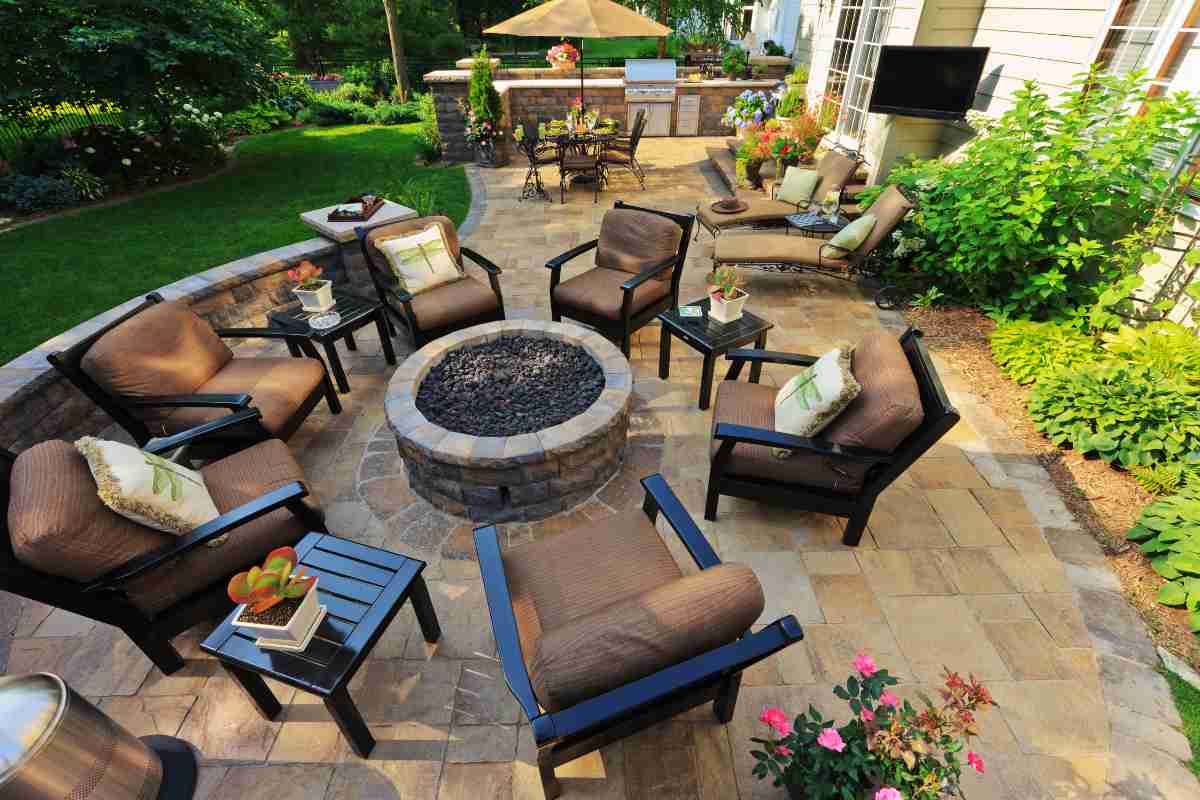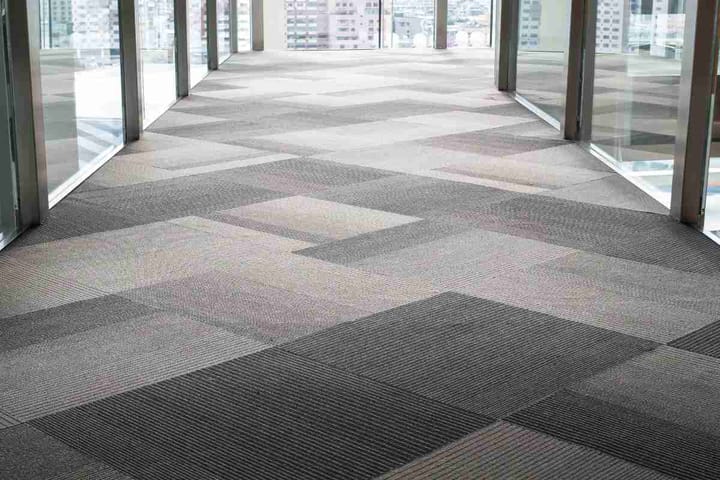Simple Steps to Clean Your Patio Without Scrubbing for Hours
Easily refresh your patio with smart cleaning hacks—skip the scrubbing! Use a pressure cleaner or quick DIY tricks to remove grime, moss, and stains fast.

A clean patio can instantly elevate the look of your outdoor space, but getting it spotless doesn’t have to mean back-breaking scrubbing or hours of effort. Whether your patio is concrete, pavers, stone or timber, there are smarter ways to bring it back to life—without spending your entire weekend with a bucket and brush.
One of the most effective tools for the job is a high pressure cleaner, which can blast away built-up grime, moss, and stains with minimal effort. But even if you don’t own one, there are still time-saving tricks and tools that can help you get the job done quickly and efficiently.
Here’s a step-by-step guide to refreshing your patio without spending hours on your hands and knees.
Step 1: Clear the Area
Start by removing any furniture, planters, mats, or decorative items from the patio. Give yourself a clear working area so you can access every part of the surface.
Take this opportunity to sweep away loose leaves, dirt, and debris using a broom or blower. This makes the actual cleaning process faster and prevents small particles from turning into mud when they get wet.
Step 2: Loosen Surface Dirt
If you don’t have a high pressure cleaner, give the surface a quick rinse with a garden hose to remove light dust and soften stuck-on dirt. This will make your cleaning solution work more effectively.
If you’re using a pressure cleaner, start with a low setting and gradually increase the pressure to avoid damaging delicate surfaces like soft stone or timber decking.
Step 3: Apply a Cleaning Solution
Choose a cleaner that matches your patio material. For example:
- A pH-neutral detergent is ideal for stone and tile
- Mild soapy water works for sealed concrete or timber
- Special patio or outdoor cleaners can help tackle mould, mildew and algae on pavers
Apply the solution evenly using a pump sprayer or mop. Let it sit for 5–10 minutes (or as directed on the label) to break down stains and lift grime.
Step 4: Use the Right Tools for the Job
Skip the scrubbing brush and go for a tool that gives you better coverage and efficiency.
- For smooth concrete or tiles, use a long-handled deck brush or push broom
- For tougher stains, a scrubber attachment on a power drill can save time and energy
- For larger areas, a surface cleaner attachment for your pressure washer provides even cleaning without splash-back
You’ll get better results in half the time by letting the tools do the heavy lifting.
Step 5: Rinse Thoroughly
Once you’ve loosened and lifted the dirt, rinse the area thoroughly with a garden hose or pressure cleaner. Be sure to flush out all cleaning residue, especially around drains or edges where it can collect.
If you're using a high pressure cleaner, keep the nozzle moving to avoid leaving streaks or etching softer materials.
Step 6: Tackle Stubborn Spots
Still seeing marks or stains? Treat them individually instead of redoing the entire area. Spot-clean with a more concentrated mix of your cleaning solution or use a specialised outdoor stain remover.
Common problem areas include:
- Grease marks from barbecues
- Rust stains from furniture legs
- Mould patches in shaded corners
Targeted treatments can solve these without adding hours to your cleaning routine.
Step 7: Keep It Cleaner for Longer
Once your patio is clean, help it stay that way by:
- Placing mats under furniture or BBQs to catch spills
- Trimming nearby plants to reduce leaf litter
- Resealing pavers or timber decking every couple of years to prevent grime buildup
With a little planning, your patio can stay inviting and low-maintenance all year round—no marathon scrubbing sessions required.


Comments ()